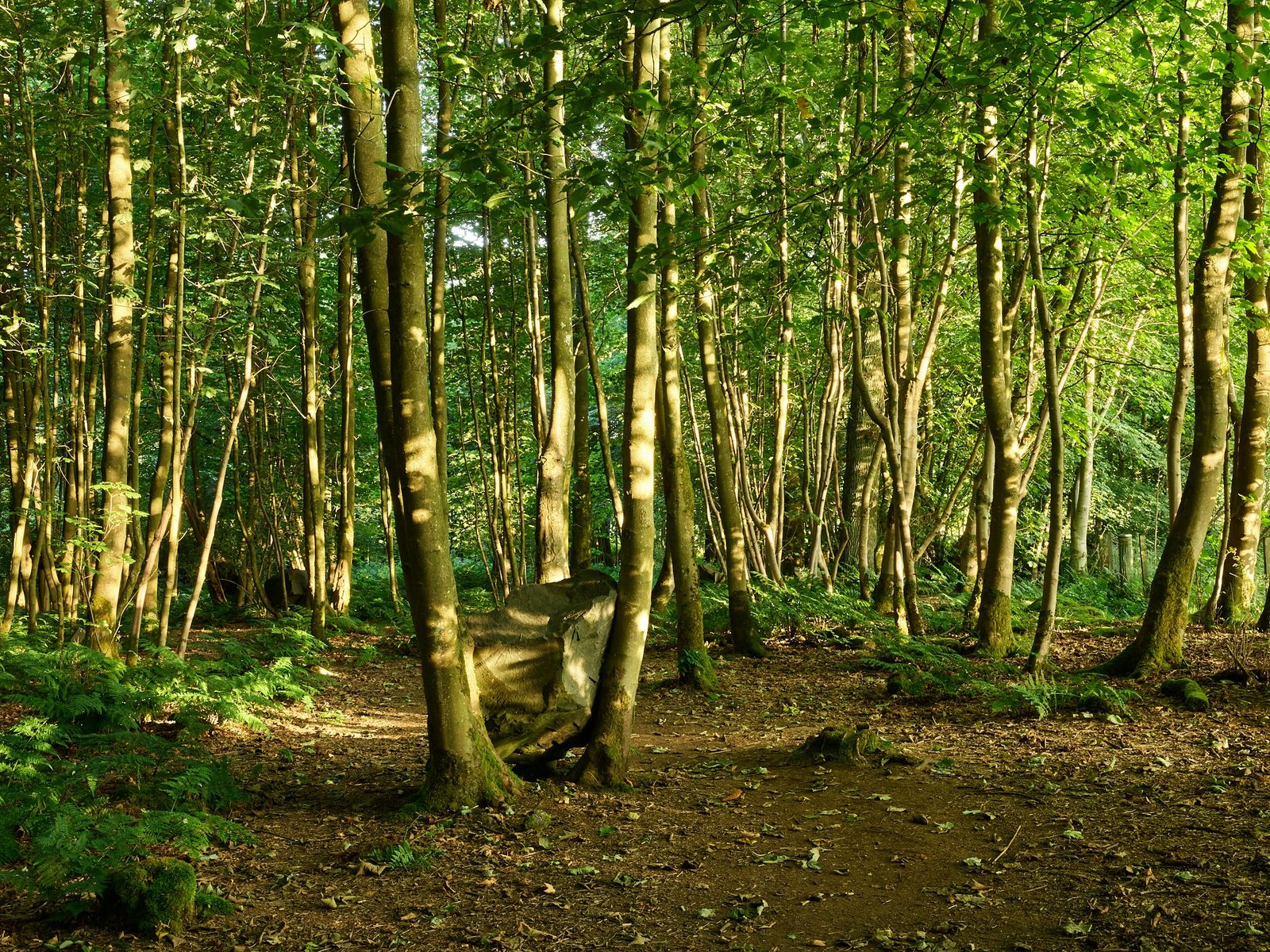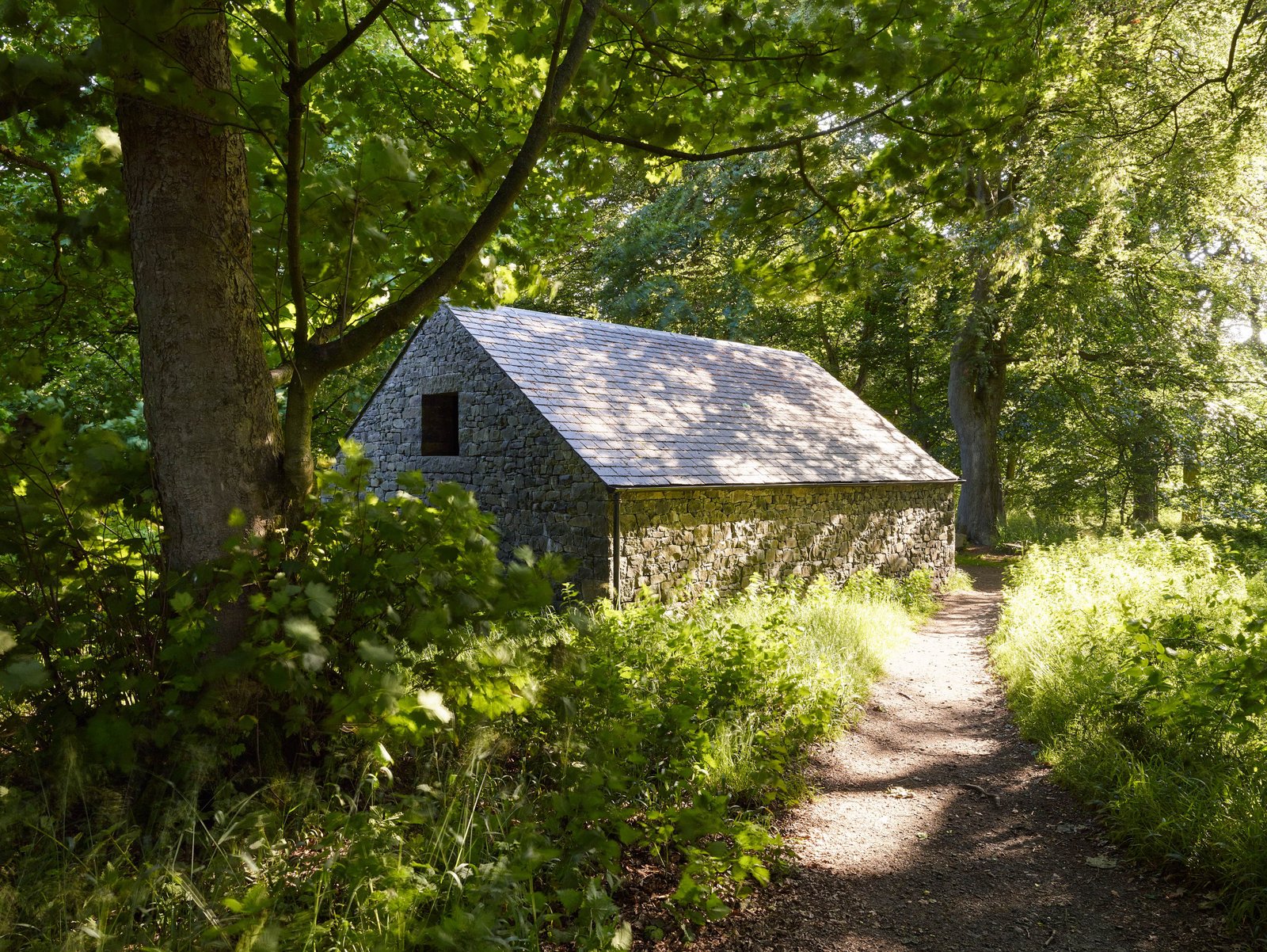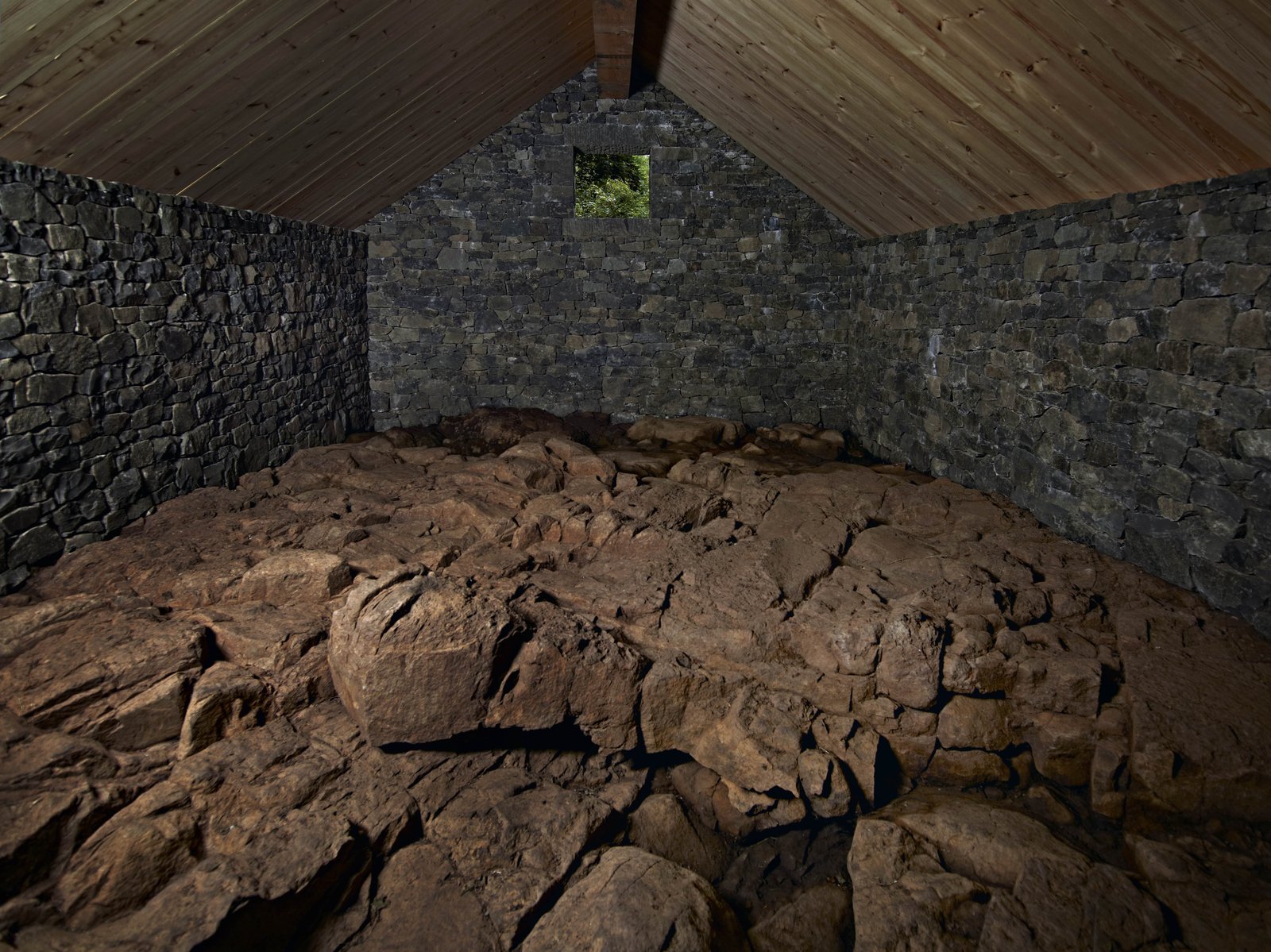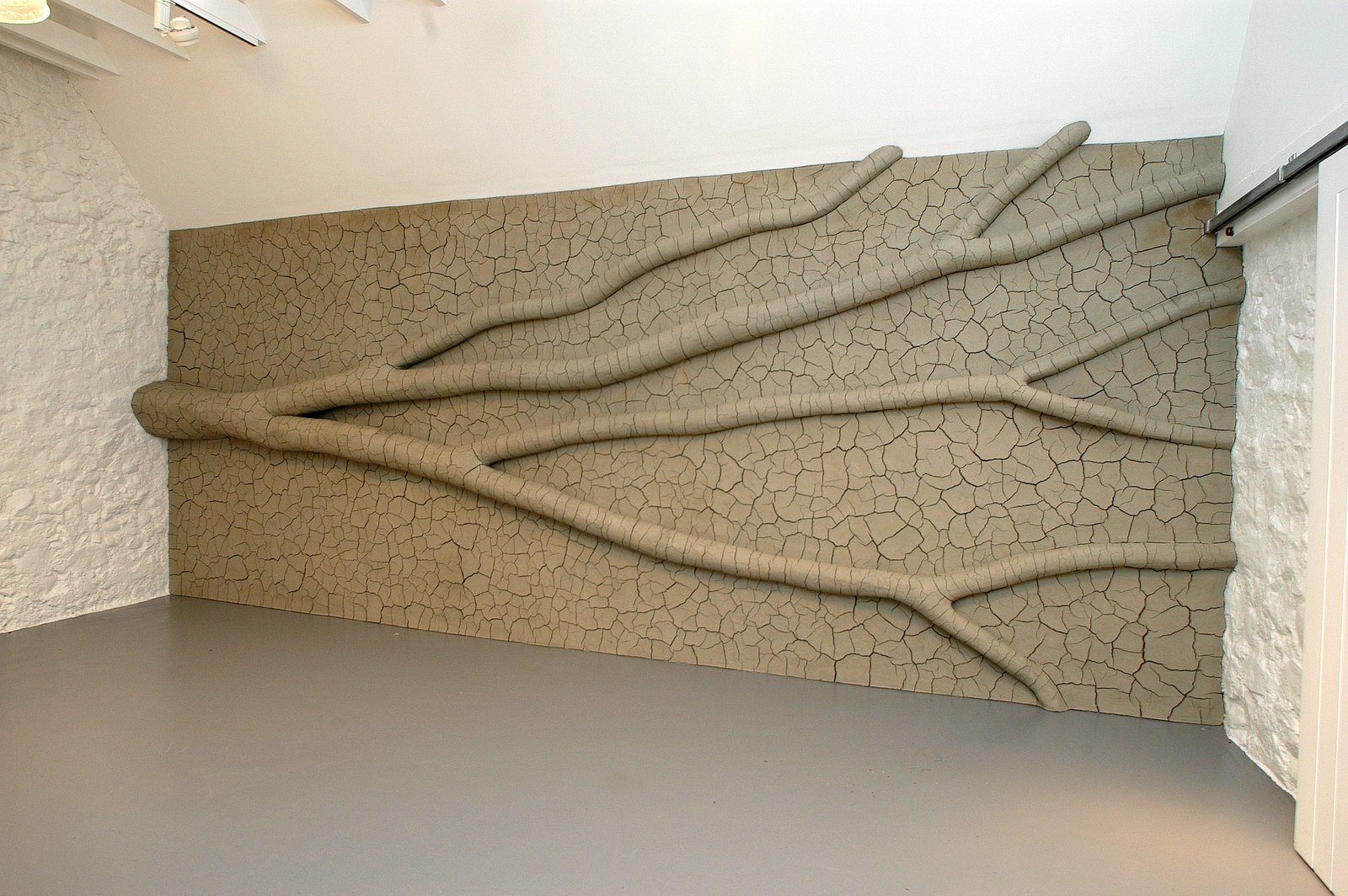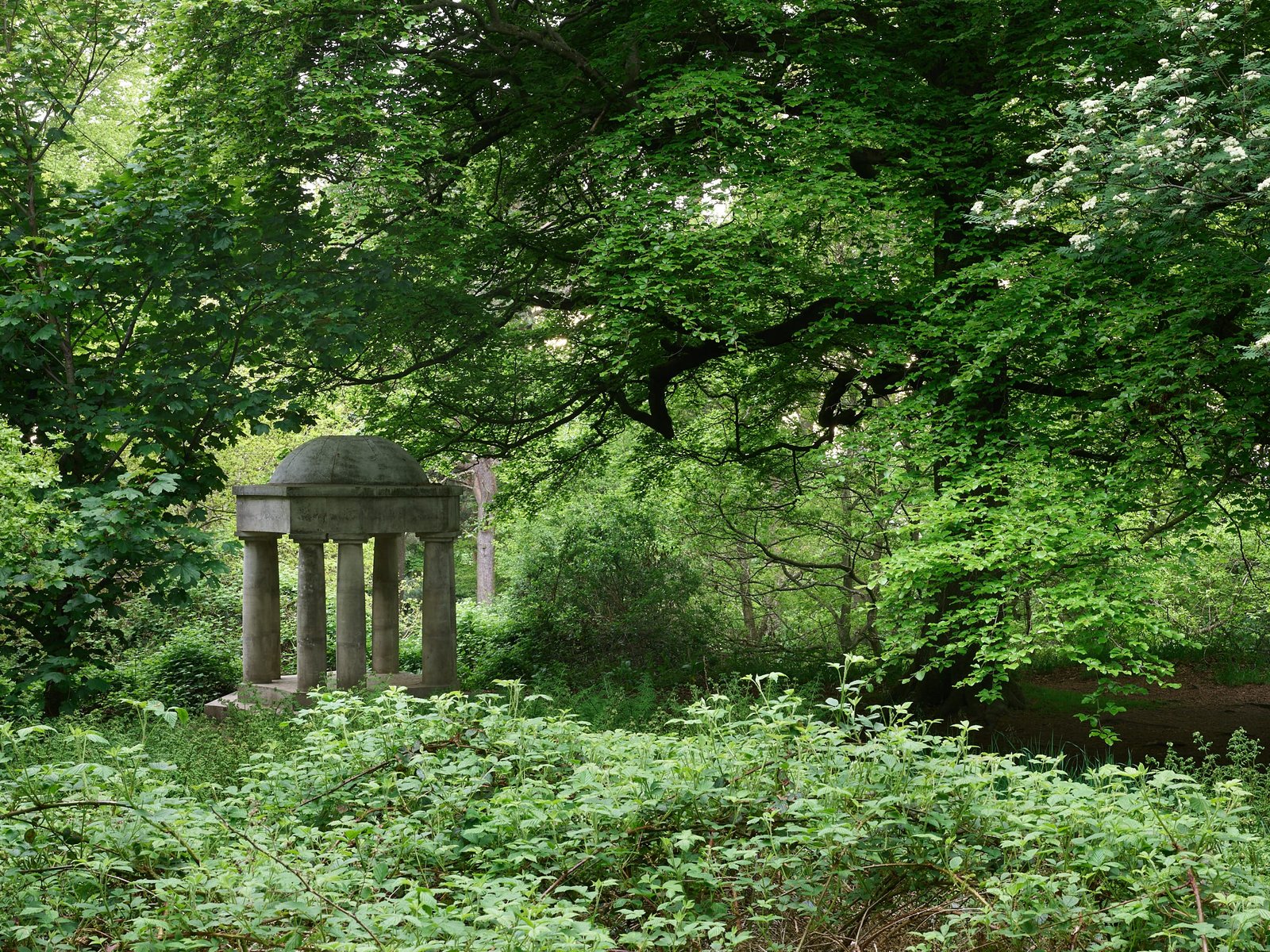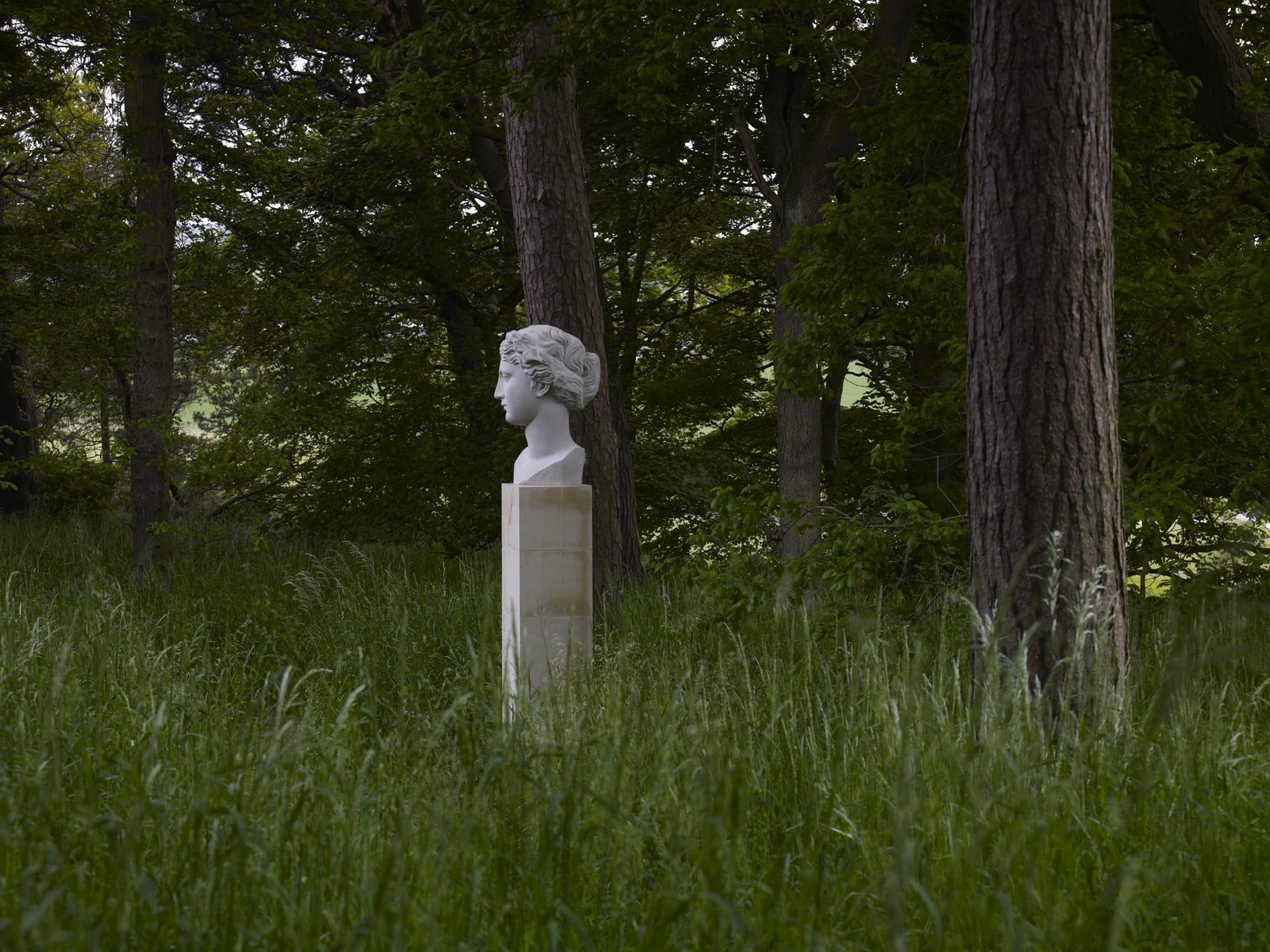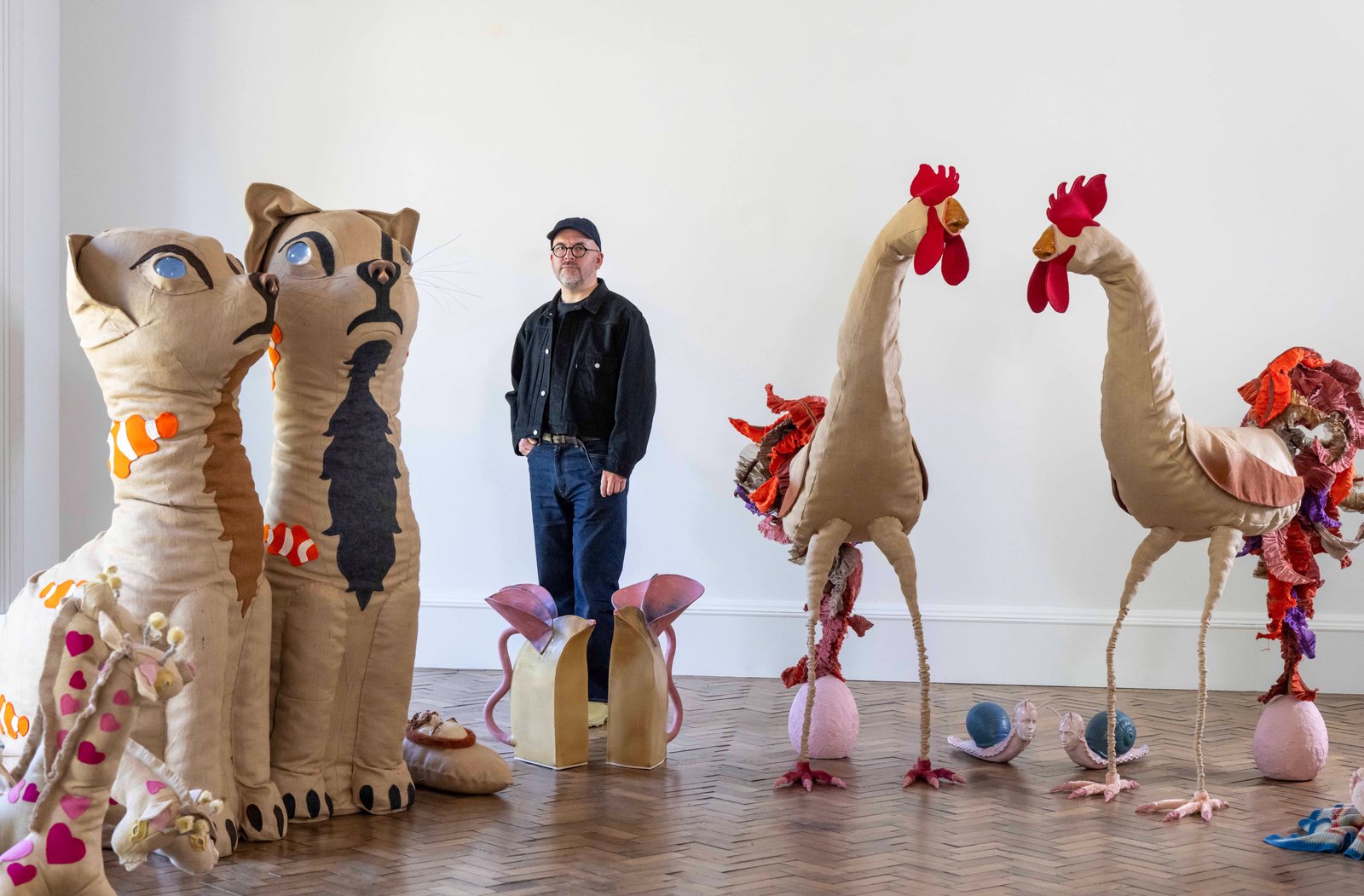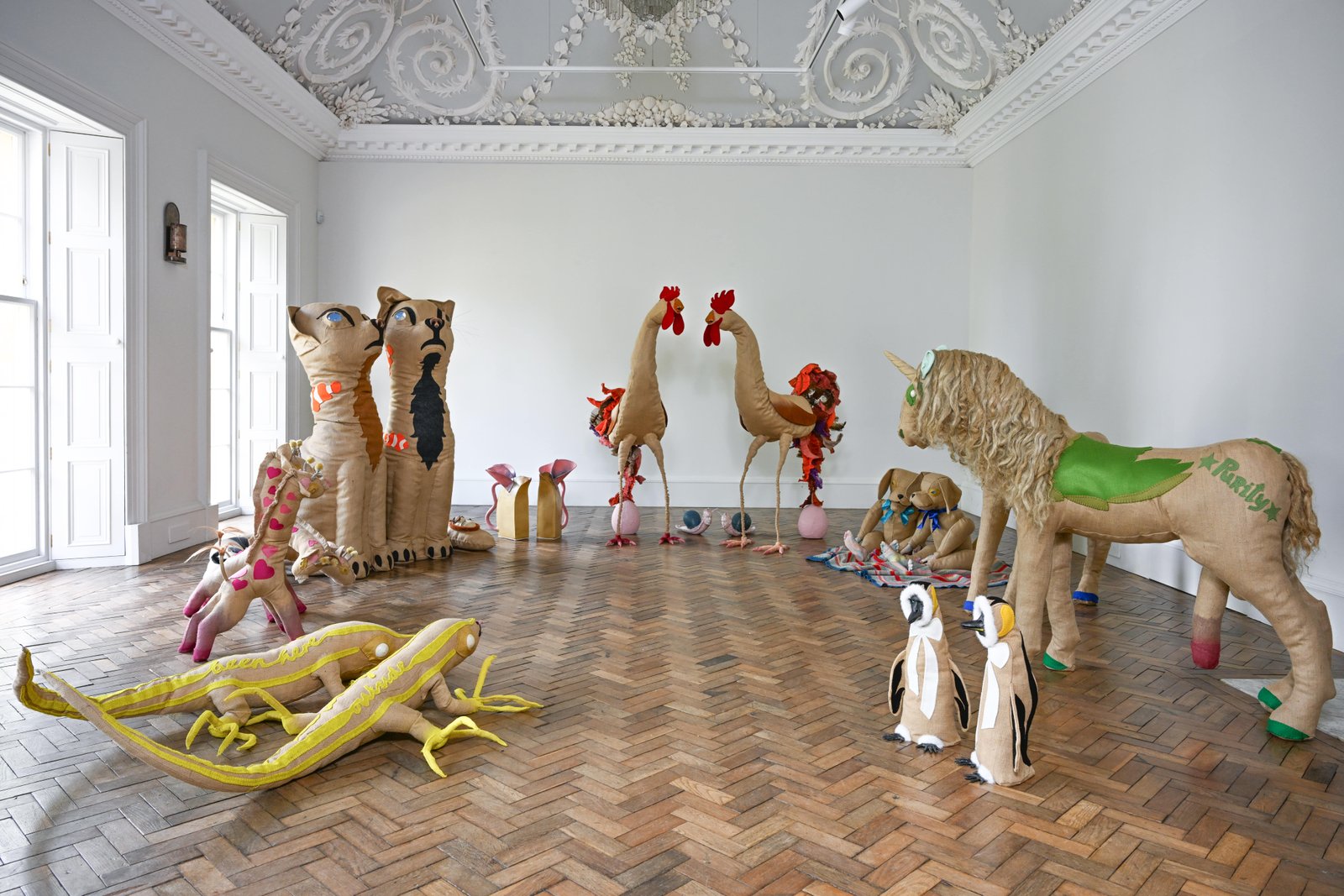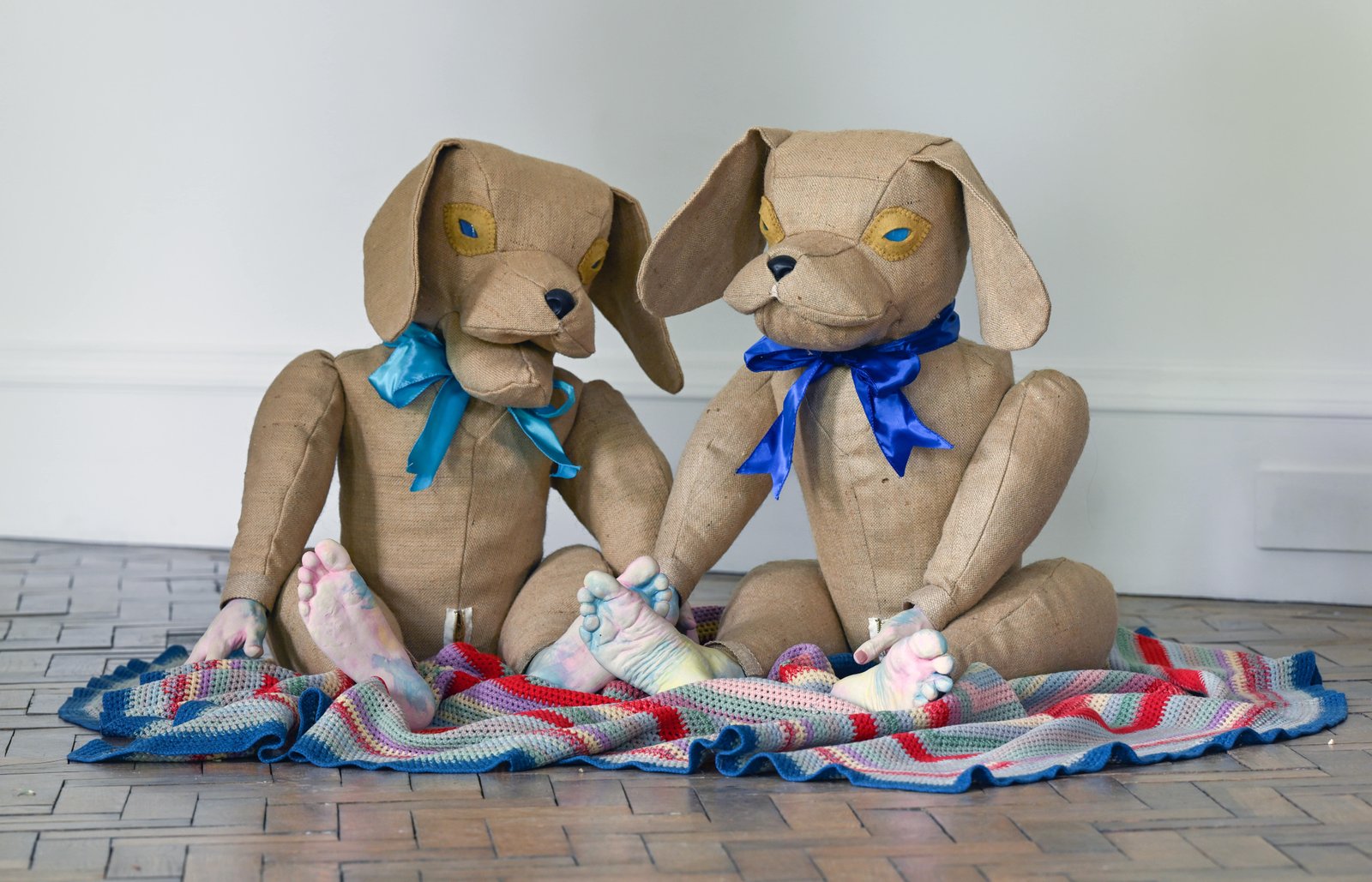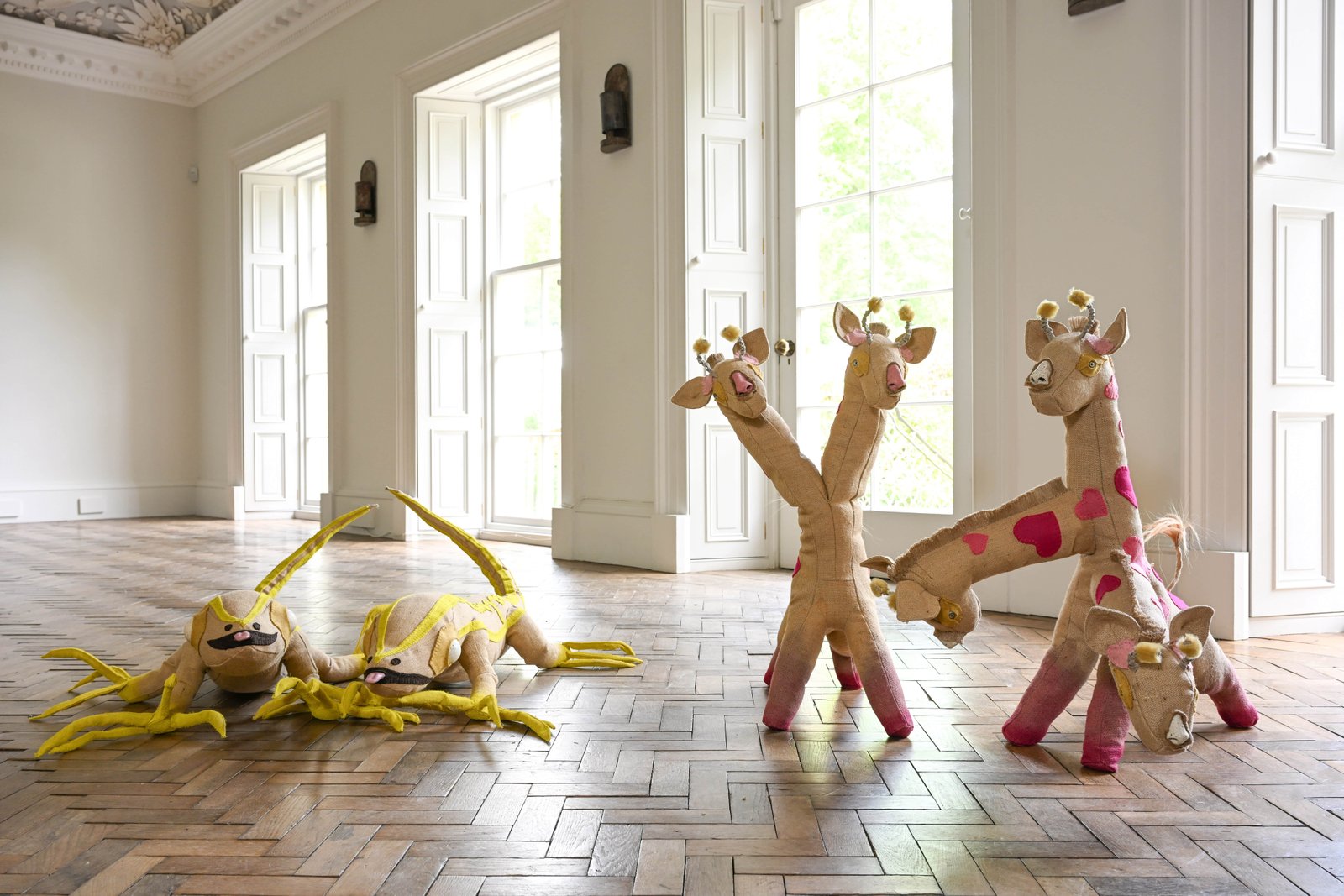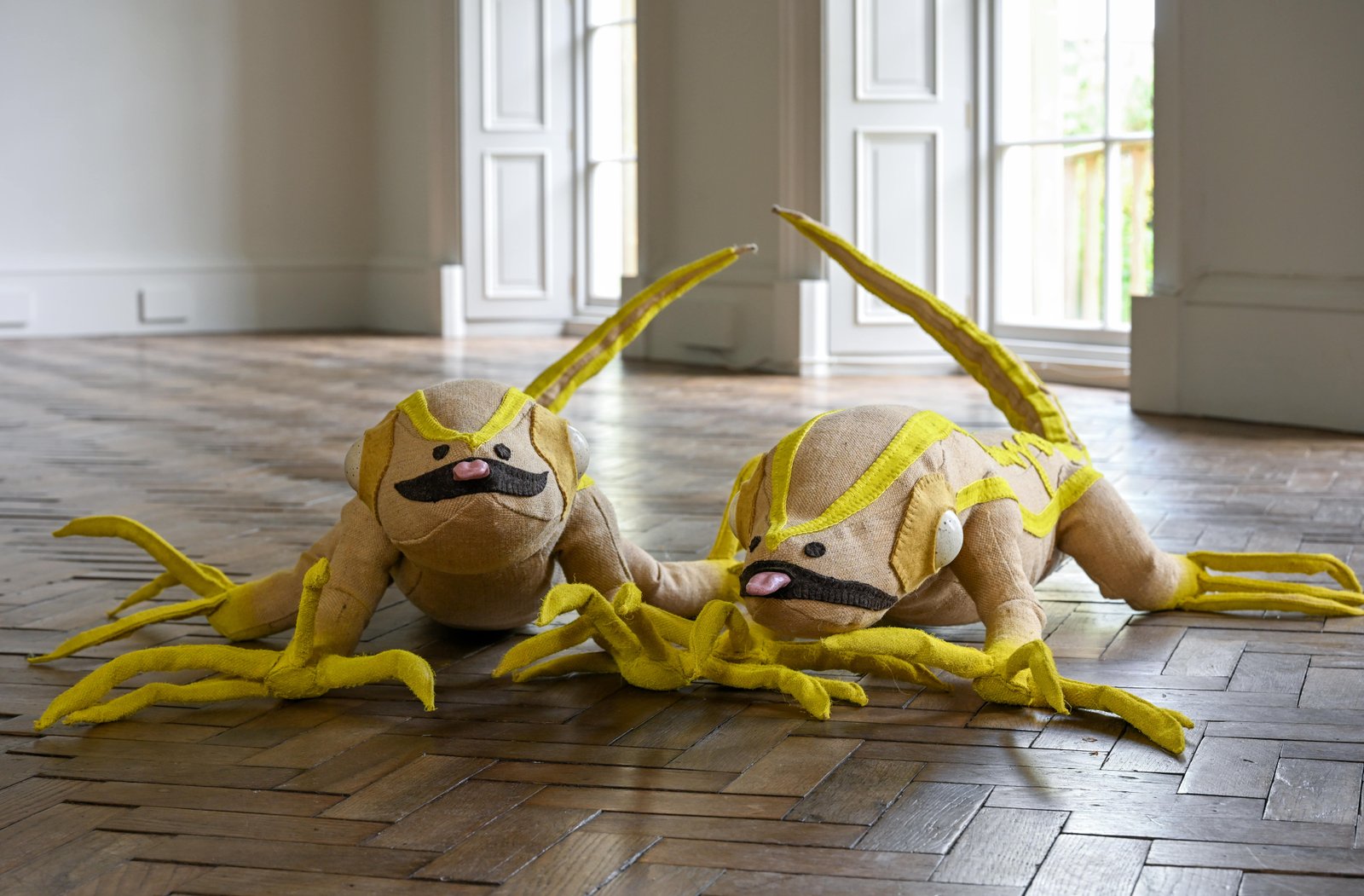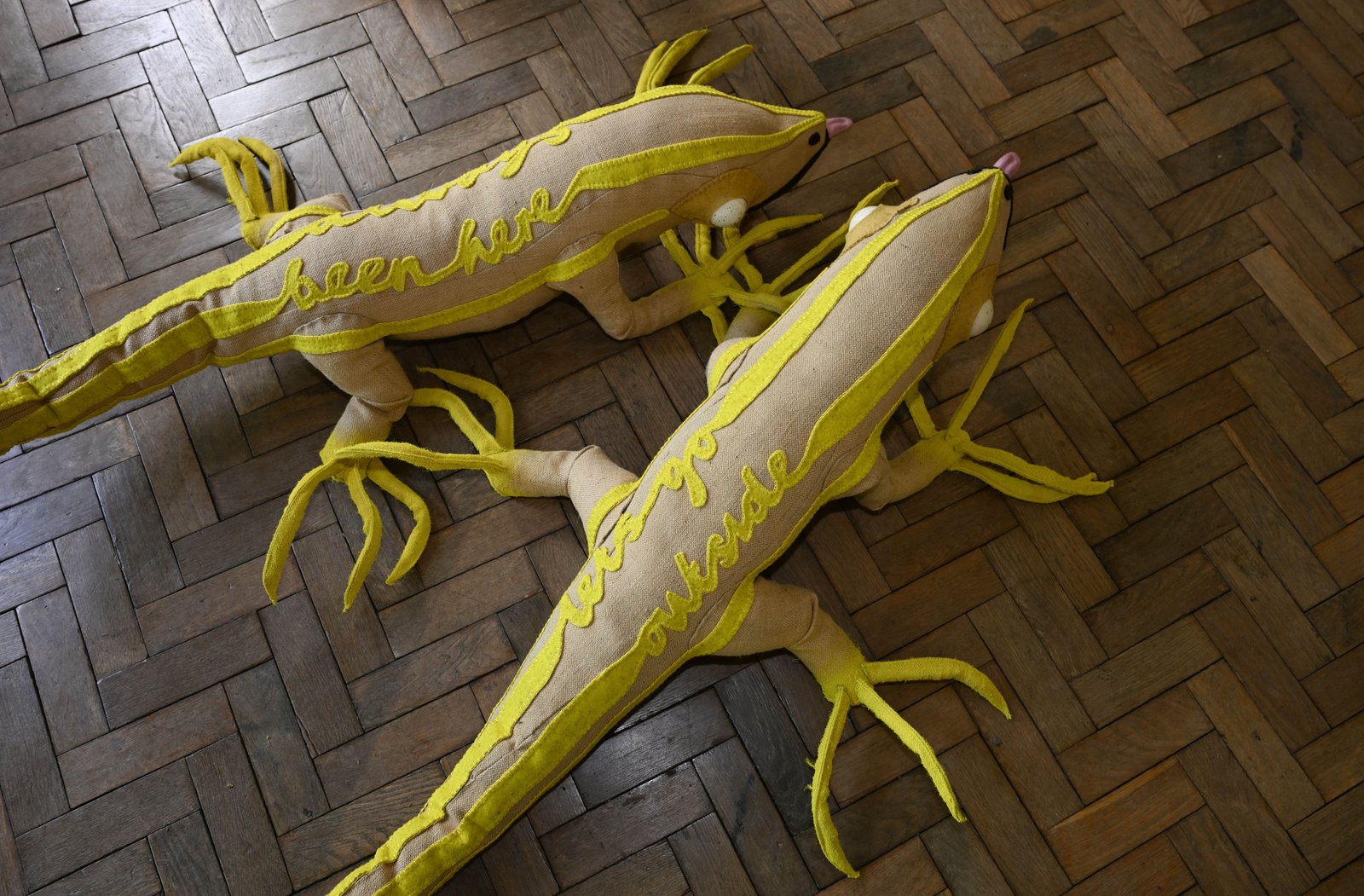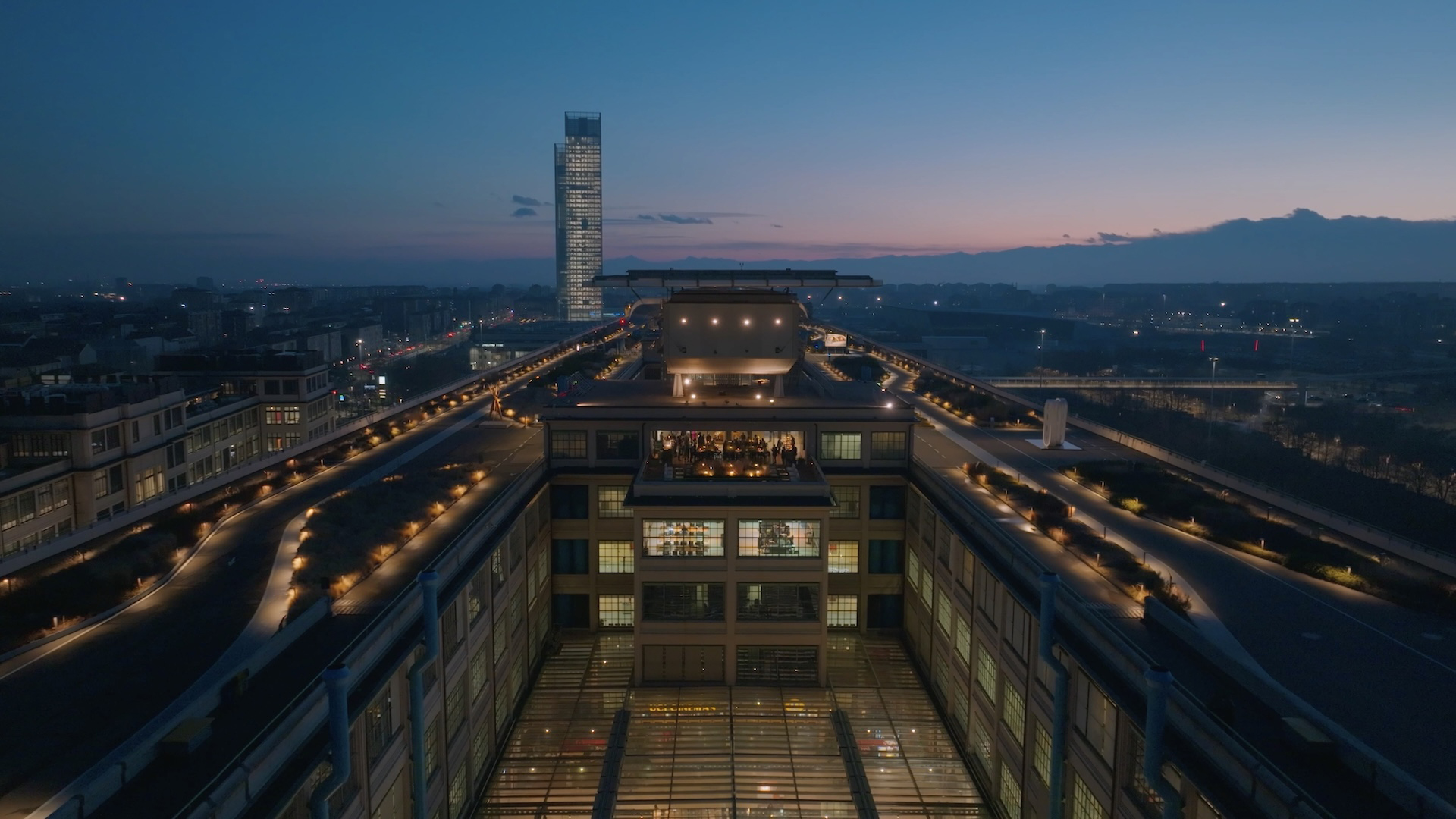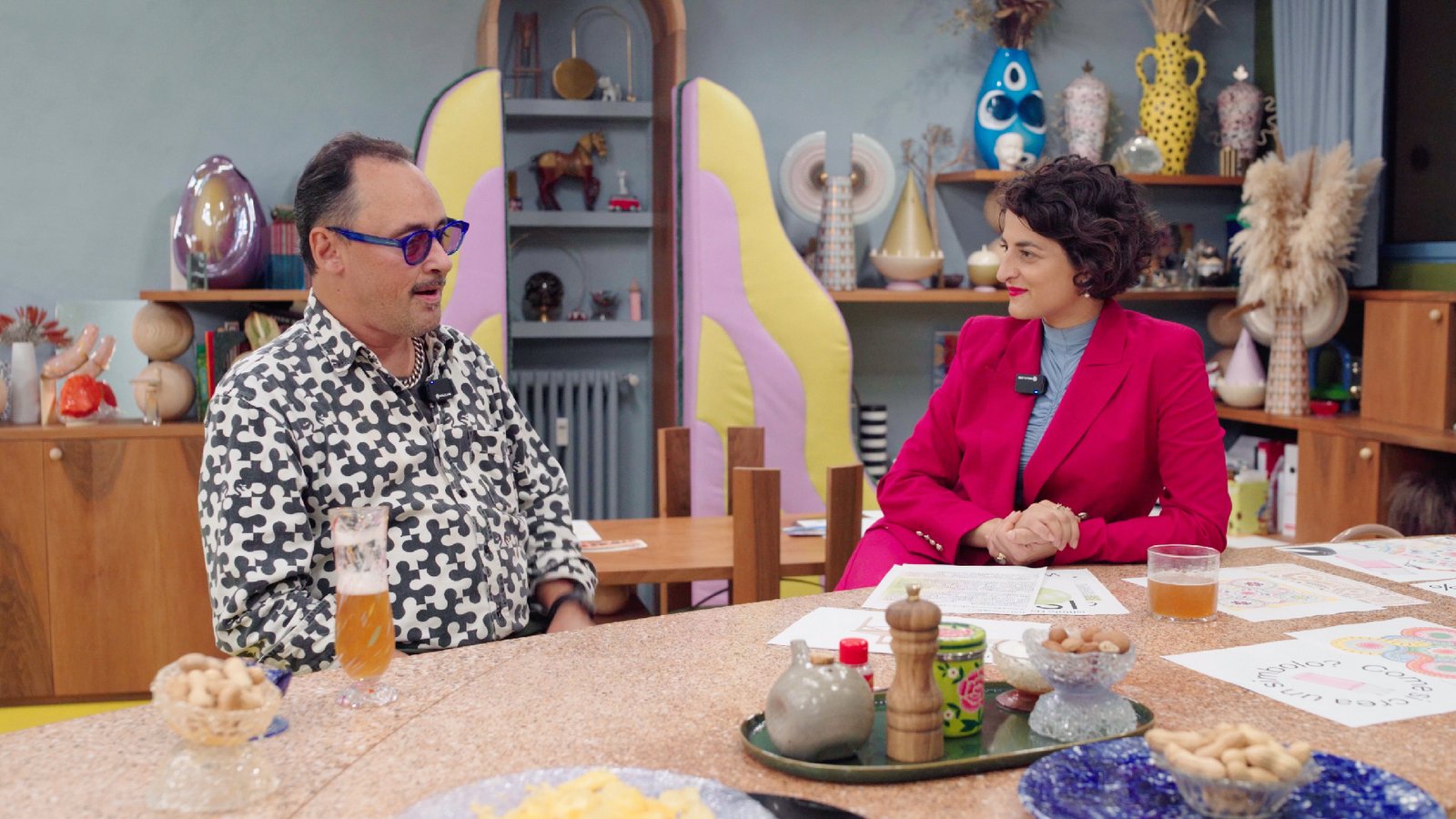
The Power of Sculpture: An interview with Nicky Wilson, co-founder of Jupiter Artland
How one of Europe’s most visionary sculpture parks was born – and how art can change the lives of new generations.
Jupiter Artland is a privately owned and publicly accessible gallery and sculpture park outside Edinburgh, Scotland. It has a permanent collection of outdoor sculptures, including works by Tracey Emin, Anish Kapoor, Rachel Maclean, and Antony Gormley. It also hosts a programme of temporary exhibitions in its gallery spaces. We visited it on a sunny day to speak to co-founder Nicky Wilson about how it was founded in 2009, the artists they’ve worked with, and how the programme and sculpture park are evolving.
Nicky started studying art and recalls ‘being taught by some of the most marvellous artists, including Cornelia Parker and Helen Chadwick’. After her MA at Chelsea College of Art, she continued her studies at the British School in Rome. She continued to make art and then ‘had a whole load of children and that put a brake to that’
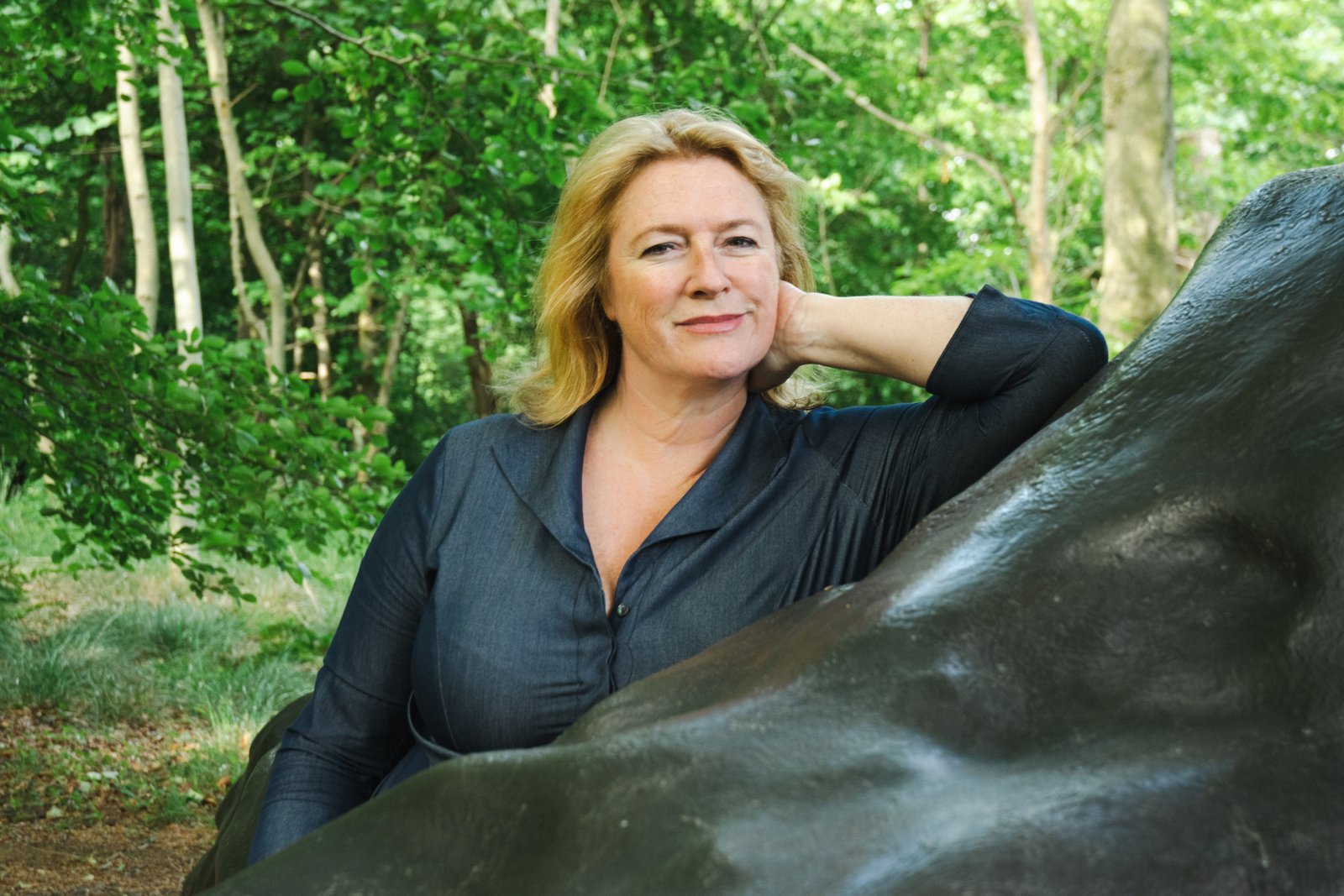 Nicky Wilson, ritratto di Eleanor Edmondson
Nicky Wilson, ritratto di Eleanor Edmondson
While raising her children with her husband, Robert Wilson, co-founder of Jupiter Artland, she thought, ‘We have all this land, and I want to do something with it. We started commissioning brilliant and exciting land art’, including the first commission of Charles Jencks' manmade landscape, whose swirling lake and raised mounds remain an integral part of Jupiter Artland.
‘We deeply believe that landscape, nature and art are a lovely triumvirate. The landscape elevates the art and vice versa. It is incredibly inspiring to artists, who feel immediately more comfortable and their authentic selves in the landscape. I think white walls in galleries often startle and intimidate artists. Jupiter Artland is the opposite of a white cube’.
Integrating art into the landscape is a double-edged sword, as Nicky shares: 'Nature does kick you in the teeth. It throws storms at you and can be hostile towards a lot of artwork. Yet it also blends, teases, and moves artwork to elevate and integrate it into the landscape.’
In terms of building the collection, she adds, ‘We started by collecting artwork. We don’t see ourselves as traditional collectors because we don't have the desire to squirrel away artwork. What we want is for people to see it. But I also feel strongly that it takes a lot to get people through a gate, a portico or a museum’.
Education at its core
There is a strong focus on the education programme at Jupiter Artland. Nicky explains, ‘We have school visits almost every day of the week, teaching for free, blending the experiences at Jupiter in with the national curriculum’. With the reduction in access and funding to the arts it can act as a great support to teachers who struggle to get their students exposure to contemporary art.
‘We also do a much bigger project off-site, Jupiter Plus, to remove the barrier of accessibility to art that people find off-putting and challenging. We go to the high streets of cities in Scotland, and we take newly commissioned work by Lindsay Mendick, Anya Gallacio and Rachel McLean to Perth, Paisley and Dundee’.
She exudes passion when talking about how art can reach young people: ‘If you have an extraordinary experience with art, it can change your life. That happened to me - somebody was interested in what I did, thought, and felt’. She knows that privilege, which drives her to pass that experience on to others. ‘I believe art agency and creative activism are the anthems for our learning programme. We aim to reach every child in Scotland.’
‘A lot of young people are questioning what their impact on the world around them will be? At Jupiter Artland, I aim to be able to inspire young people to believe in what they think and help them articulate that. It takes bravery, guts and mental strength. If you practice speaking about art, where there is no right answer, and you are brave enough to say I don't like that, you're going to get a young person thinking about why they don't like something, or they like something, and that creates agency’.
In terms of defining success, she adds, ‘A win for us is that we have a young person who wants to go to art college or feels brave enough to say, I'm not going to college. I want to become a technician. A win for us is somebody going into the creative industries and creating a pipeline of people who want to be part of the national discussion in the arts. This sounds rather lofty, but I think art can do it. I know it can’.
Selecting artists
When selecting artists to add to the sculpture park or show in the galleries, Nicky says, ‘I choose artists I respect and that are brave. I choose artists that make you think and have a lot of integrity in how they see the world’.
In discussing particular artists that fit the above bill, she refers to Cornelia Parker, who has a work titled ‘Landscape with gun and tree’ that’s part of the permanent collection at Jupiter Artland, where an oversized gun leans against a tree. ‘She’s an activist, and all her works will have an amazing dialogue at their core. 'Landscape with Gun and Tree' may initially feel rather aggressive, but it’s a take on Thomas Gainsborough’s painting 'Mr and Mrs Andrews'. Mrs Gainsborough’s hands weren’t completed in the Gainsborough painting, suggesting she’s chattel, her husband's property. This version is more equal because the tree represents me, and my husband, Robert Wilson, is the gun. He may be loaded and ready to fire, but the gun would fall over without the tree. The two are in symbiosis, like with all strong relationships’.
The current temporary exhibitions feature works by Jonathan Baldock. About his work, Nicky adds, ‘He’s a brave and deep thinker about queerness. He’s not slapping people around the face with his views on how queer people are treated and perceived; he's gently beguiling us into a conversation that is seismological.’
It’s important to her that the collection continues to diversify and champion historically underrepresented voices.
 Alima Askew. Jupiter Rising x EAF 2024. Fotografia di Neil Hanna-min.
Alima Askew. Jupiter Rising x EAF 2024. Fotografia di Neil Hanna-min.
The future of Jupiter Artland
When I ask Nicky whether Jupiter Artland will continue as a family business, she thinks it’s unlikely as ‘my children work in the home office and the metropolitan police, and the other wants to become a barrister’. However, she notes how growing up around art has enriched their lives: ' They live in London, and if they’ve had a bad day, they go to the Tate. That’s the value of culture’.
She adds that she’s hired many creative people to work with her, and she is confident that the place will remain in safe hands long after she’s gone. For now, we can see how passionate she is about it, regularly chatting and engaging with visitors, their children, and their pets. Her love of art and what it can bring to people means we can expect Jupiter Artland to continue growing its collection and offerings under her and her husband’s stewardship’.
Cover Image: Joana Vasconcelos, Gateway, 2019. Allan Pollok-Morris, courtesy Jupiter Artland.
Tabish Khan is an art critic specialising in London's art scene and he believes passionately in making art accessible to everyone. He visits and writes about hundreds of exhibitions a year covering everything from the major blockbusters to the emerging art scene.
He writes for multiple publications, and has appeared many times on television, radio and podcasts to discuss art news and exhibitions.
Tabish is a trustee of ArtCan, a non-profit arts organisation that supports artists through profile raising activities and exhibitions. He is also a trustee of the prestigious City & Guilds London Art School and Discerning Eye, which hosts an annual exhibition featuring hundreds of works. He is a critical friend of UP projects who bring world class artists out of the gallery and into public spaces.
